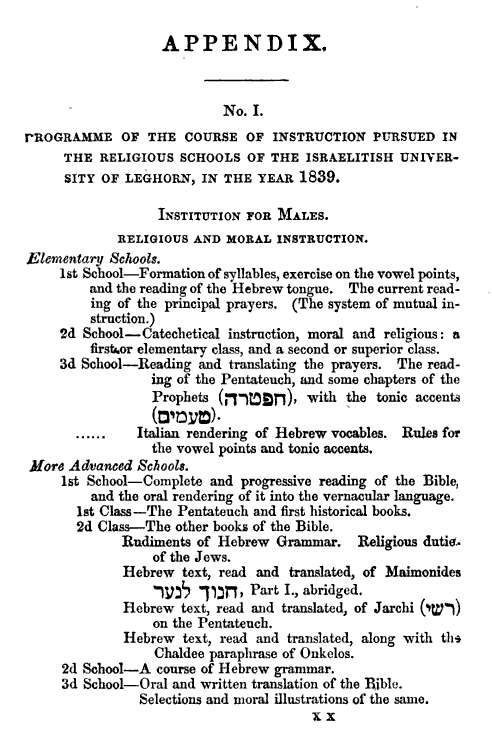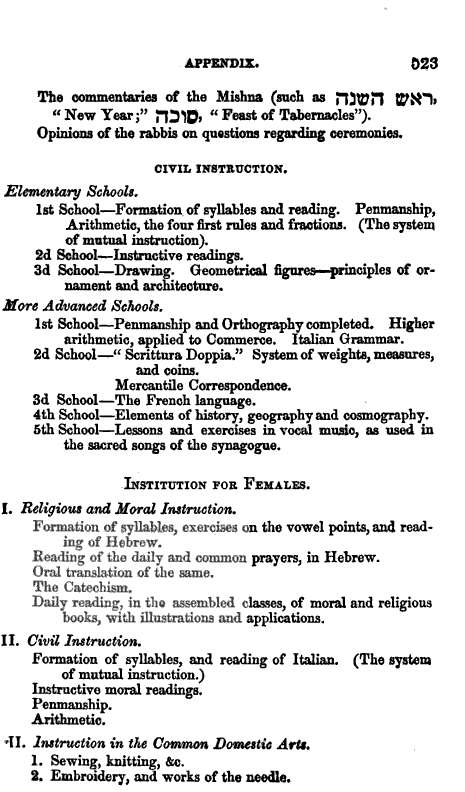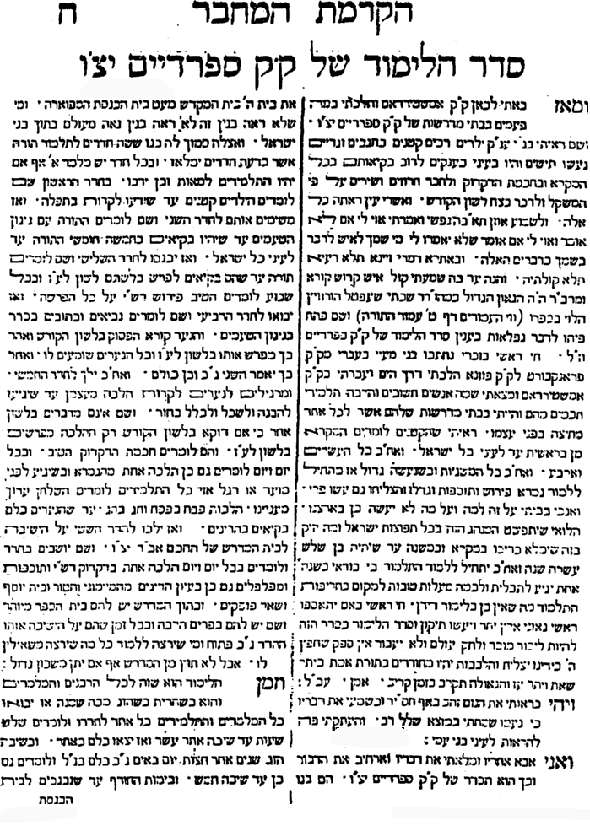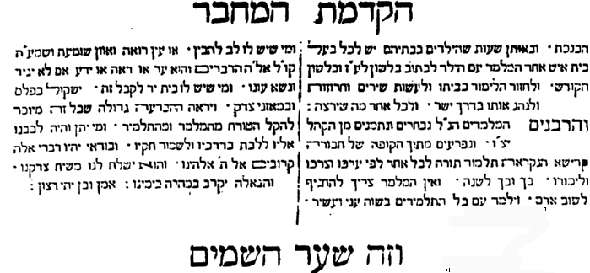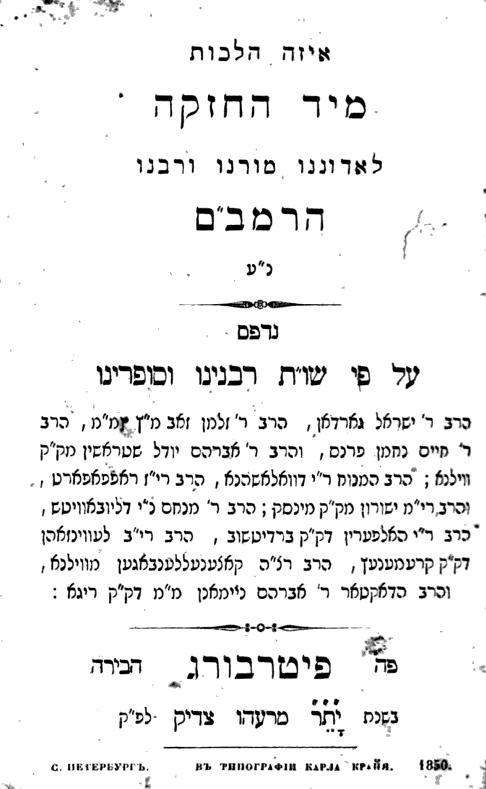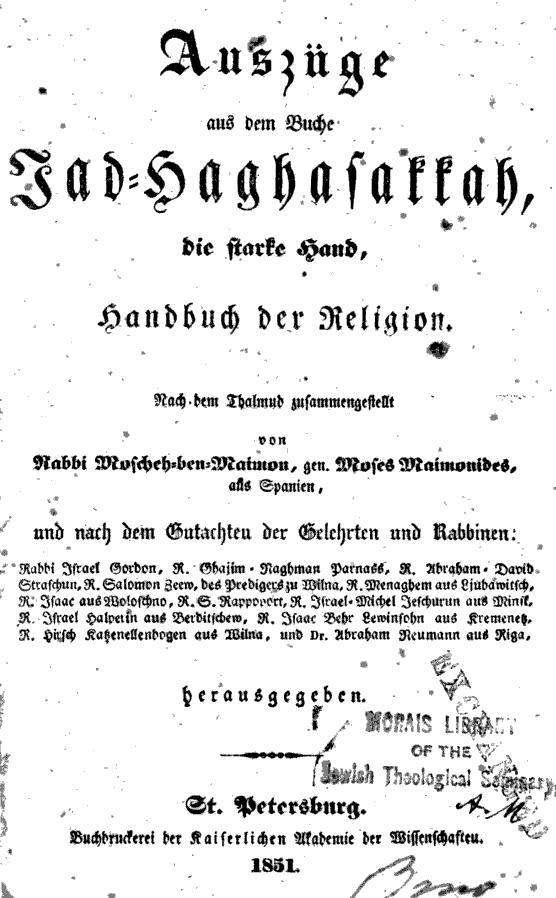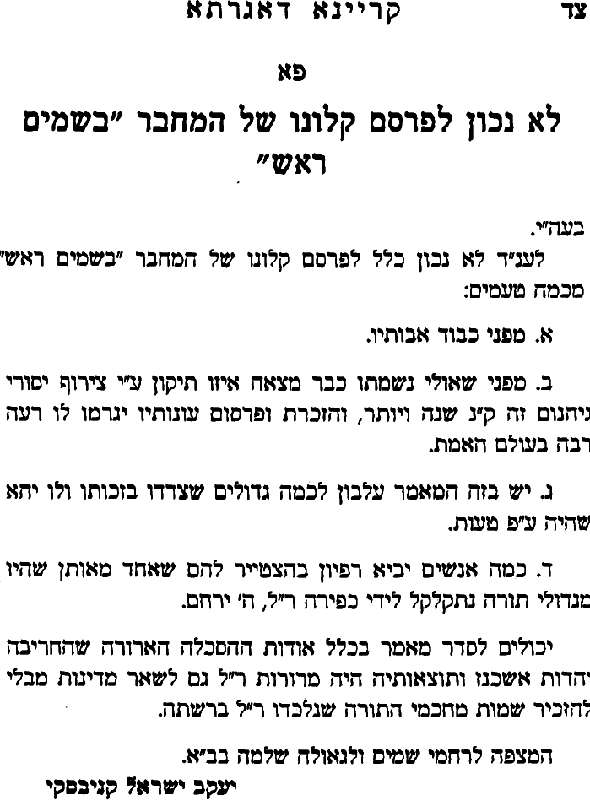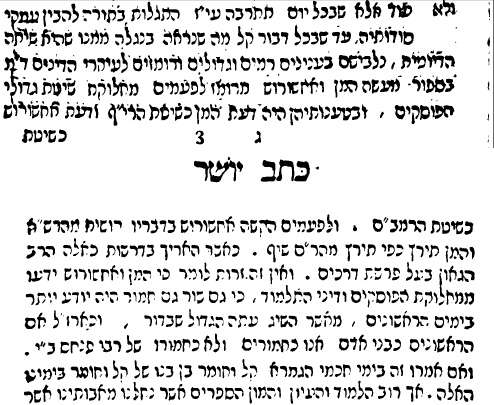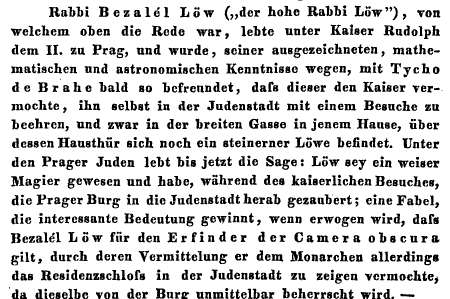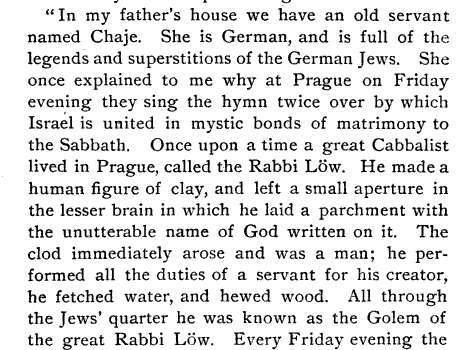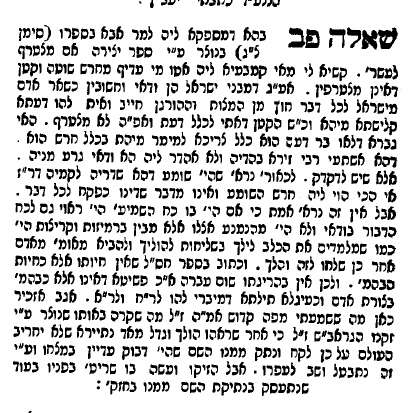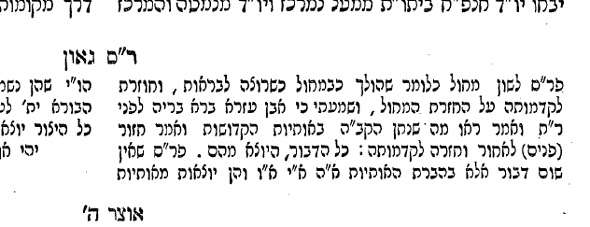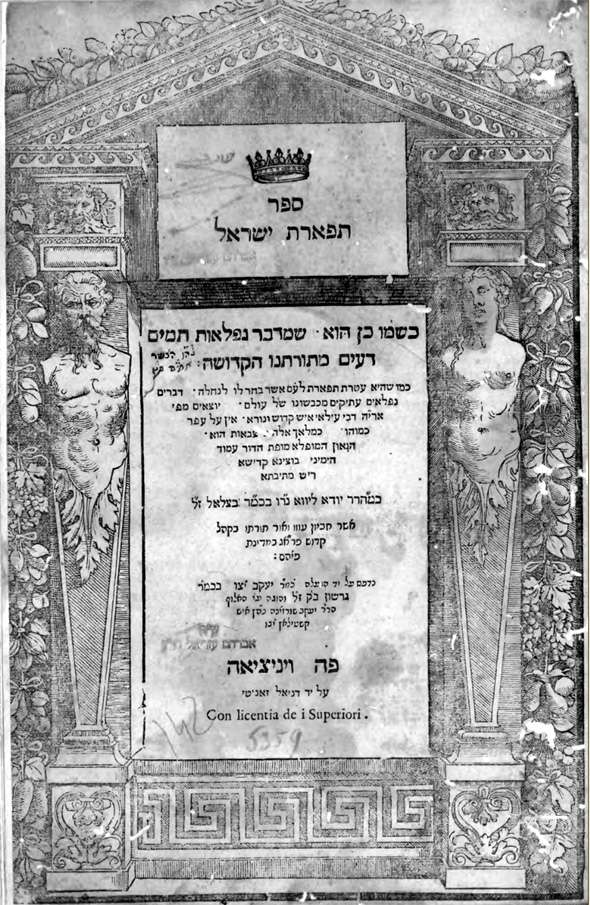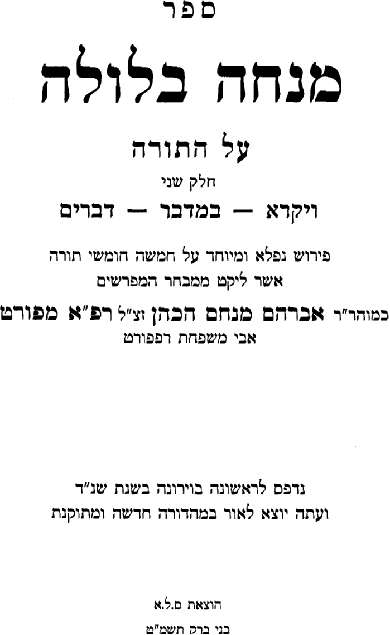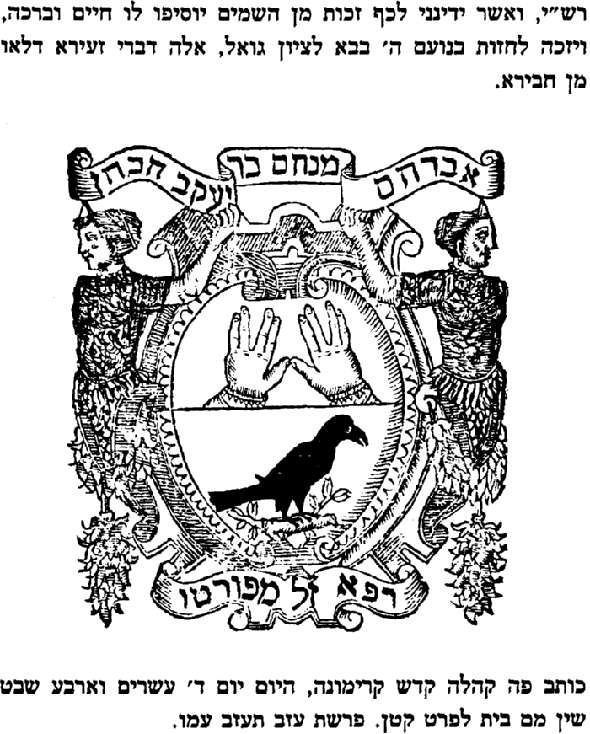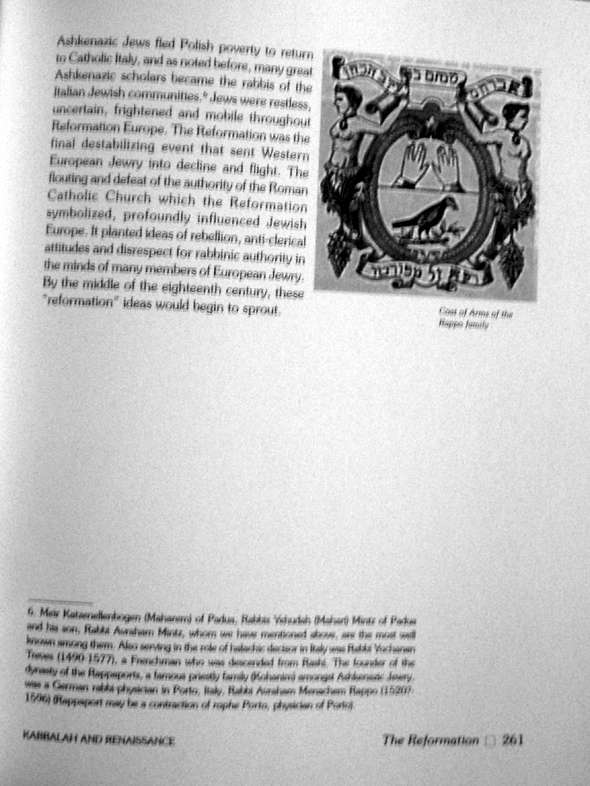But I'll do that another day. In the mean time I thought it might be nice to reflect on some books which have been very influential to me in various ways. Before I mention them, I should offer the following caveats: I know that none of them are perfect. I can certainly criticize various things in just about all of these books, but the truth is the fact that authors generally don't write perfect books is a good thing. It stimulates thought and leaves room for additional discoveries. It's also a good thing that things don't have to be perfect to be influential. The other caveat is that I am only listing things which I own or read years ago, and nothing that the digital revolution laid out before me. I can't compare access to dozens and hundreds of important works that are easily available now, to a book or an article that I devoured, scrutinized and contemplated when coming across such a thing was often a case of luck or a long search. Without further ado:
1) Ashkenazim and Sephardim: Their Relations, Differences and Problems as Reflected in the Rabbinical Responsa by Hirsch Jacob Zimmels. In this excellent book published in 1958, Zimmels drew broad pictures of Ashkenazim and Sephardim as promised in the book's title. The footnotes are a cryptic mess, the conclusions are far too broad, and Zimmels did not pioneer this genre of historical research, but this book was nothing less than a lamp in the dark for me. I simply had not grasped that so much interesting information was contained in the rabbinic sources which he mined, in some cases I had even seen these sources already. But by training one tended not to pay much attention to such information, not a little bit because the necessary information to put things into a context was lacking. It didn't hurt that topics which I thirsted for information about, such as various pronunciations of Hebrew, alphabets and the like were treated beautifully in this book.
2) The short essay by Rabbi Aryeh Kaplan, Treasures, originally published in the Jewish Observer May 1976, but I read it in The Aryeh Kaplan Reader. This article discusses book collecting, and describes the joys and unexpected pleasures of poking around in old seforim stores, genizas and the like. His description of finding a few sheets of an incunabulum made my imagination run wild. Before I read it (as a teenager) I hadn't even realized that this was a thing that was up my alley. I don't think I even fully understood the article, not having knowledge of the necessary context, but I enjoyed his description of his hunt for bibliographical info about books he'd found. Who knew what "Ben Yaakov's Otzar Haseforim, a remarkable book listing each edition of every sefer printed until 1863" was? Under the influence of this article I began to examine my grandfather's oldest looking books, and to my surprise, many of the books with the tattered covers were treasures, among them a Slavita Zohar printed on blue cotton rag paper. Kaplan's article reminded me of an enjoyable passage in the autobiogaphy of Shadal, where he discusses his own love of books at an early age. While only 13 he enjoyed snooping through the dust and mess of the geniza of the Trieste Talmud Torah (where he was a student). There he found a manuscript copy of the Aruch, which he eventually bought from the widow of the principal decades later. In addition, it was in this place where he discovered a manuscript of an unknown commentary on Targum Onkelos written in the year [5]211/ 1451 and which he was to nickname ספר יאר, after the date (יאר being 211). This manuscript, now known as the פתשגן, was to play an invaluable role in אוהב גר, his own pathbreaking commentary on the Targum published in 1830, and Rabbi Nathan Marcus Adler's נתינה לגר. (Vilna 1886). Gone, I suppose, are the days when 13 years-olds can chance upon discarded 350-year old vellum manuscripts of considerable importance.
3) The שם הגדולים by the Chida, Rabbi Chaim Yosef David Azulai. Then as now the entries with names and dates didn't do that much for me, but the longer entries which included interesting information? Priceless. It was in the Scem aghedolim, "Azulai's dictionary of Jewish learned men and their writings," that I learned that some called Rashi "Yarchi." Much to my surprise I later learned that until the mid-19th century this was the typical way in which Rashi was referred in non-Jewish (and even Jewish vernacular) literature, and also that there is a veritable literature on this mistaken appellation.
4) About ten years ago I chanced upon a newly published book, David Ruderman's Jewish enlightenment in an English key, and thus was born my discovery of my interest in Anglo-Judaica, and Christian Hebraism. This book contained mounds of information about things I did not know I was interested in, and succeeded in whetting my appetite.
5) I was fortunate to find a cheap copy of the The Canon and Masorah of the Hebrew Bible: an introductory reader edited by Dr. Shnayer Leiman. Although I had already seen some of the articles in this book (one in particular stands out) it too served as a lamp in a way, allowing me to be aware of things I was interested in but hadn't even known it. It seems fitting here to mention the article which stands out. I refer to the late Dr. Moshe Greenberg's "The Stabilization of the Text of the Hebrew Bible, Reviewed in the Light of the Biblical Materials from the Judean Desert," a 1956 article which I had already read. It contained the following gem, which I'll always remember: "There is no standard text at Qumran. While this at first may seem strange it is not really so. Piety is not always accompanied by a critical sense." Incidentally, Dr. Leiman just added a tribute to Dr. Greenberg on his web site (link). It's worth reading this moving tribute to a great scholar, about whom he had elsewhere written had written "if I had to periodize my own intellectual development, the only natural division would be "before" and "after" I first met Professor Moshe Greenberg."
6) The 1996 Orthodox Forum book edited by Prof. Shalom Carmy ,Modern Scholarship in the Study of Torah: Contributions and Limitations was similarly eye-opening. It's probably unnecessary to elaborate on why and how. The word "contributions" in the title was sufficiently revelatory and even provocative.
7) The English translation of Israel Zinberg's די געשיכטע פון ליטעראטור ביי יידן and Mayer Waxman's History of Jewish Literature. Who know there was a history of Jewish literature? Or even that there was Jewish literature? These books - it turned out a musty copy of Waxman's was somehow already in my parent's home on a neglected book shelf - made me aware of the what kinds of things Jewish writers over the centuries had written about. I could have done, then as now, without some of the simplistic judgments and interpretations but of course these are monumental works, each in its own way.
8) The Schlesinger edition of Shadal's commentary on the Torah. I don't remember exactly how it was that I became aware of Shadal to the extent that I was interested in seeking this out - for I did seek it - but everything about the commentary, from the Hebrew translation of his fascinating introduction to the Torah, the Introduzione Critica ed Ermeneutica written in 1829 for his students, to the opening words of his commentary יבינו המשכילים כי המכוון בתורה אינו הודעת החכמות הטבעיות, ולא ניתנו התורה אלא להיישיר בני אדם בדרך צדקה ומשפט וגו excited me. Oh, it turned out later - thanks to my friend Dan Klein for pointing this out in his superb translation of The Book of Genesis: A Commentary by ShaDaL - that the Schlesinger edition is flawed, incomplete and even censored. But the precise, bold, plain, beautiful commentaries in this work lit a fire in me. This in turn led me to want to know more about its author, so I read Rabbi Morris Margolies's book Samuel David Luzzatto: Traditionalist Scholar (based on his PhD dissertation), and this was another example of a fine book which pointed and continues to point me in directions I wish to go.


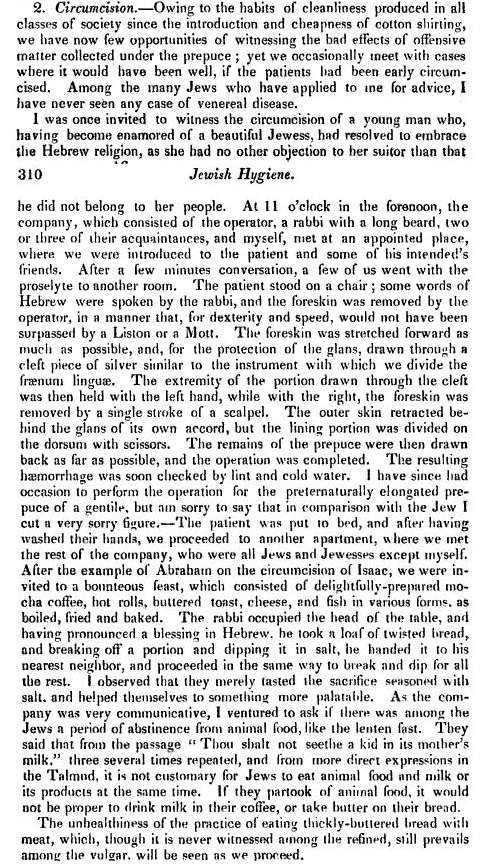
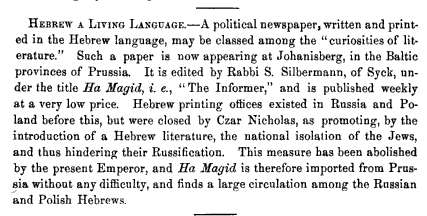
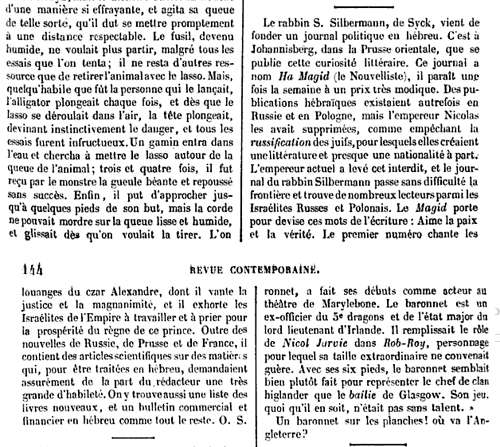

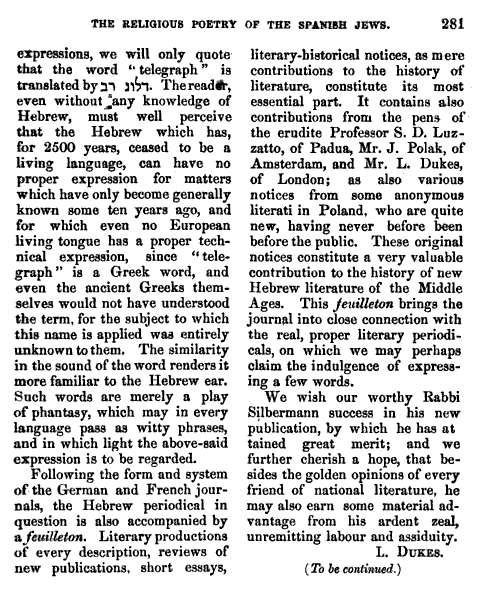


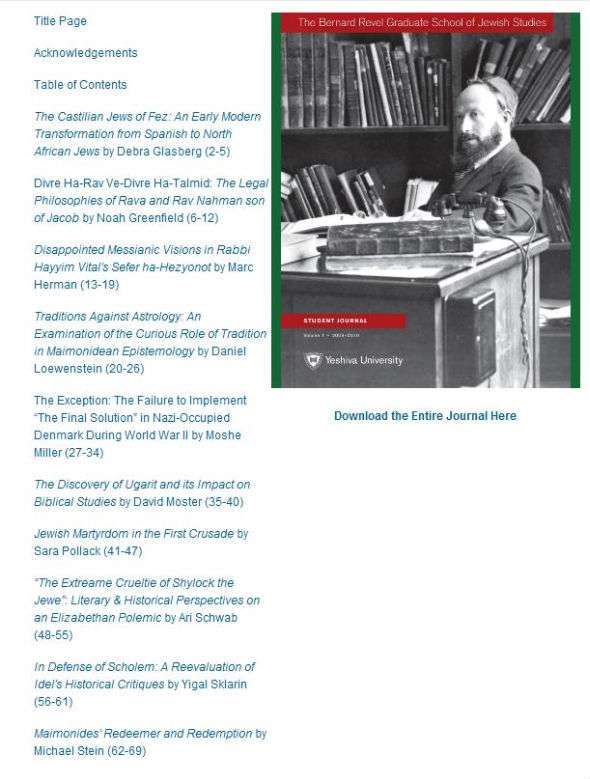
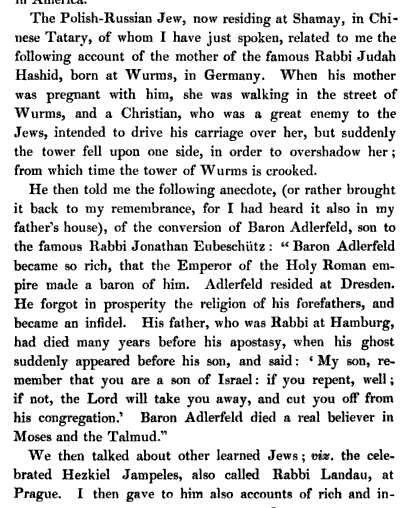


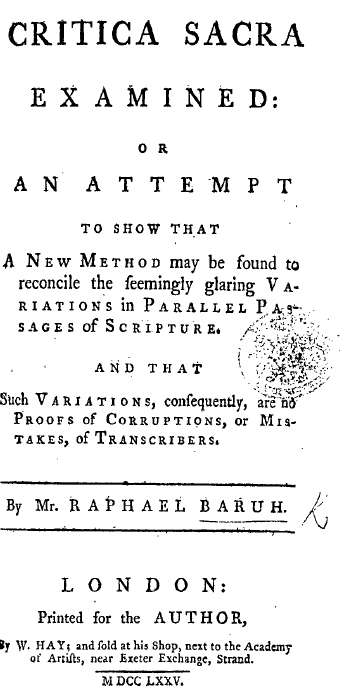
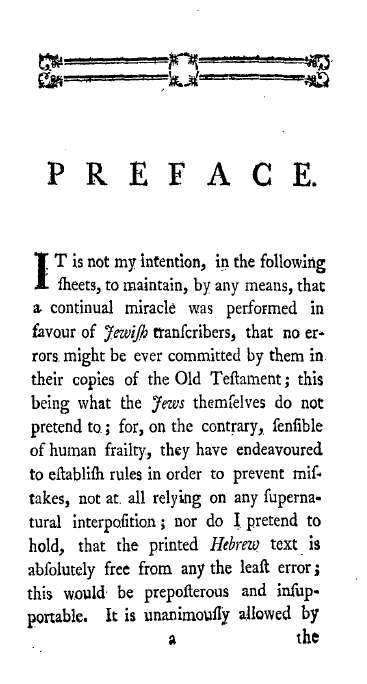
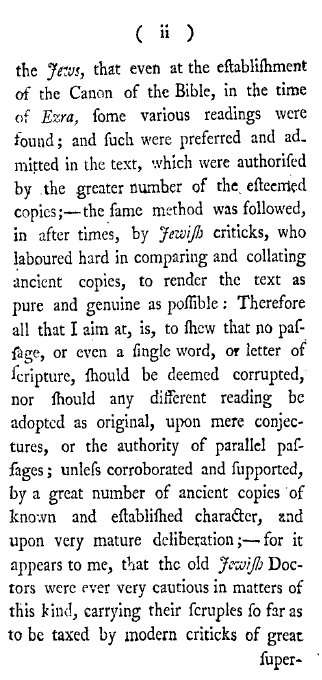

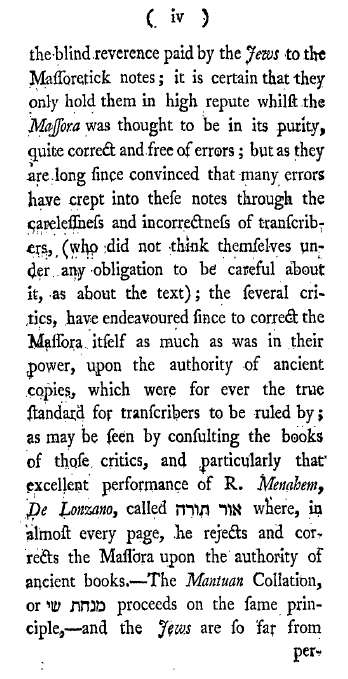

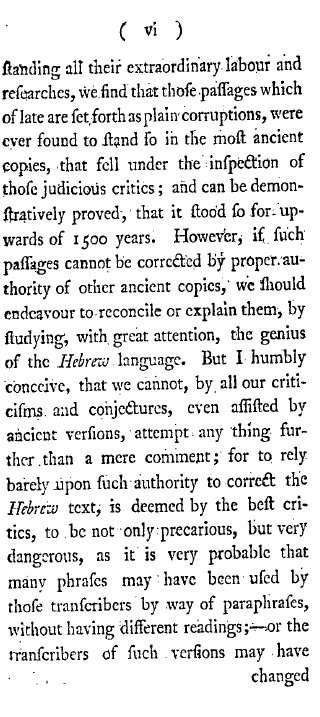
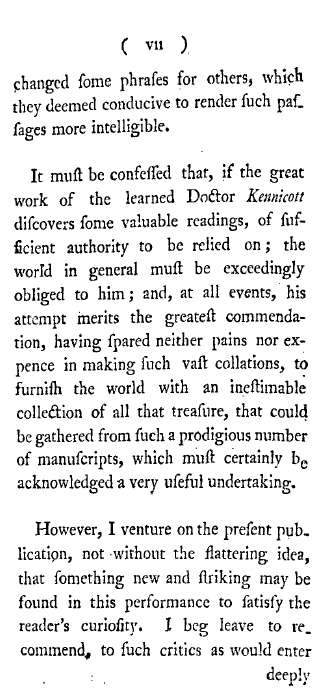
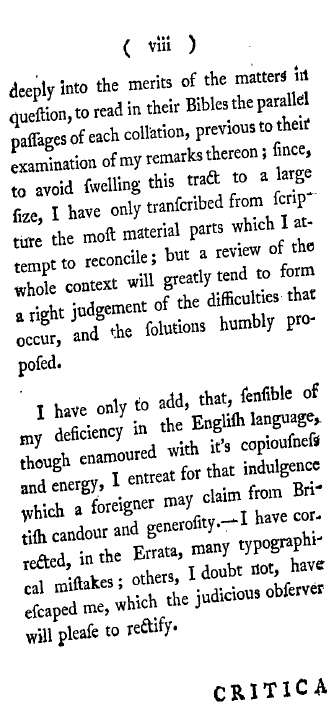


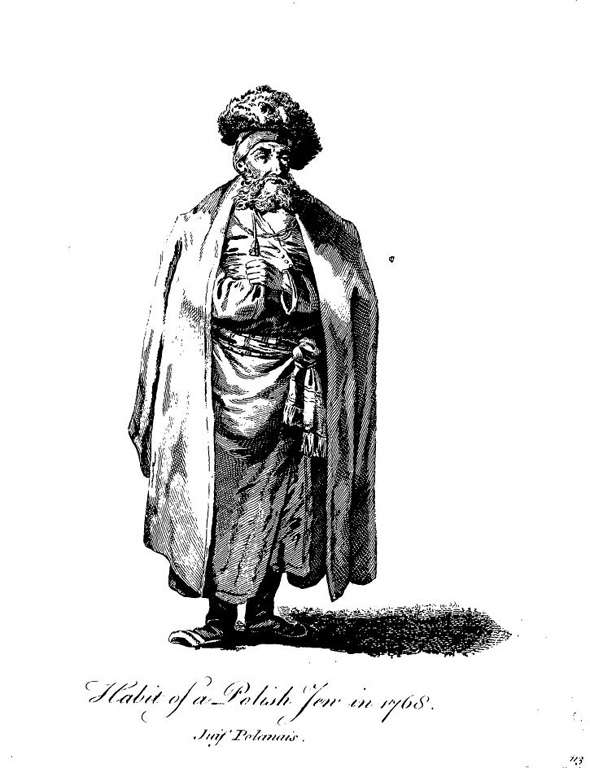

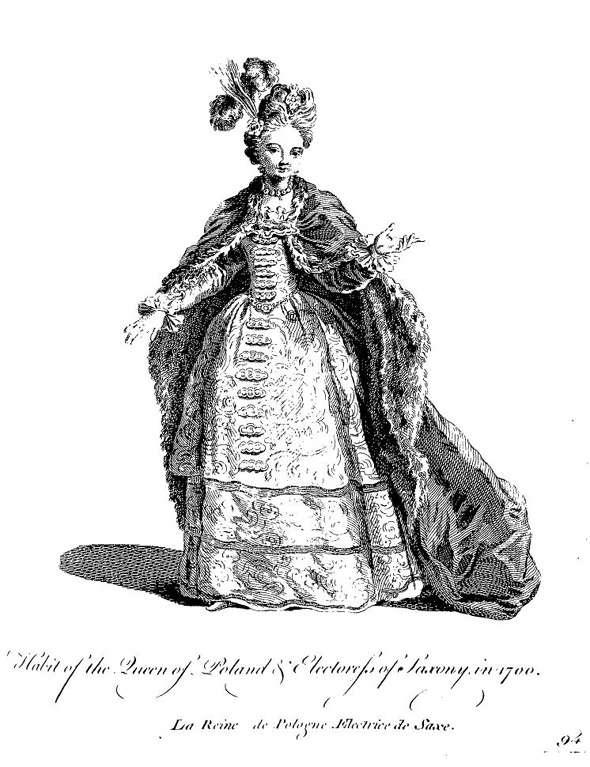
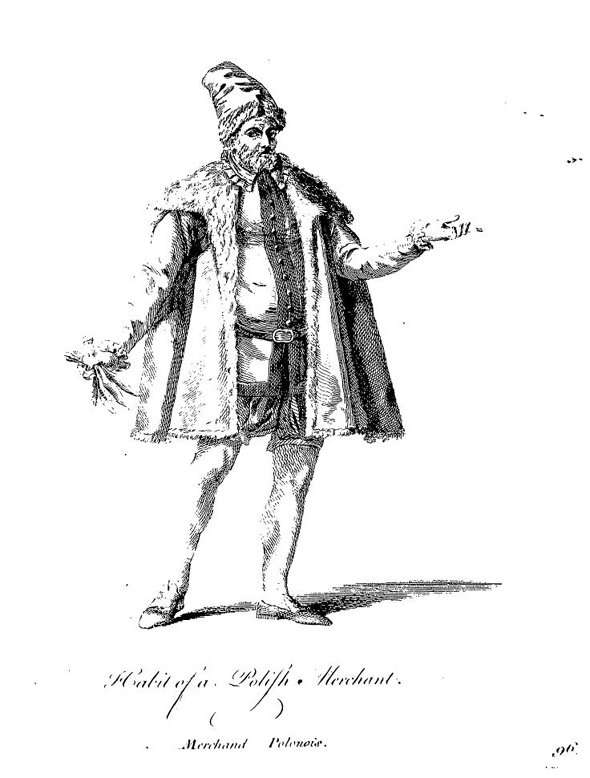
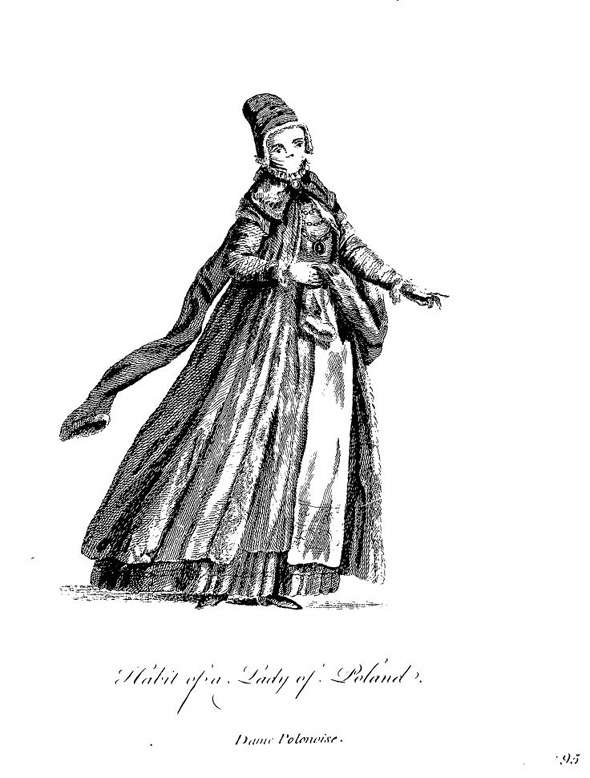
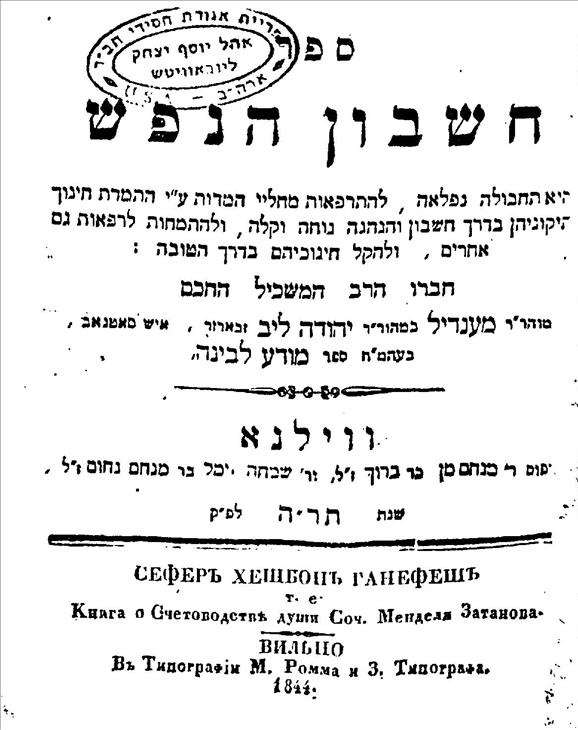
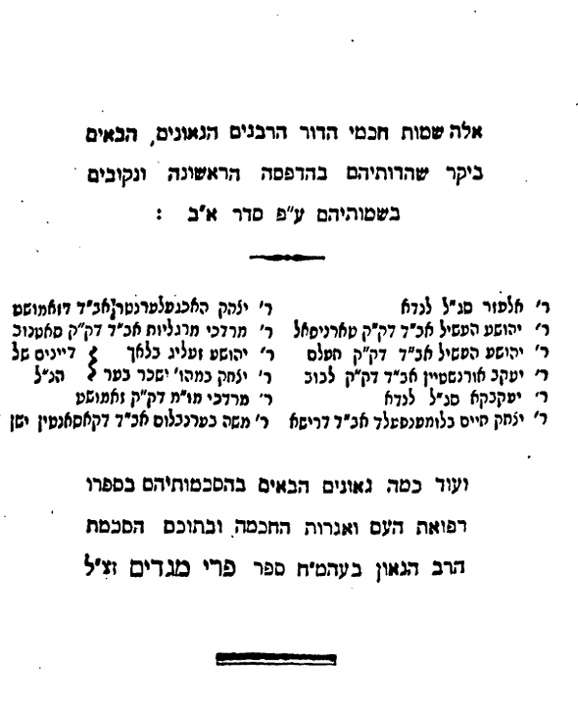
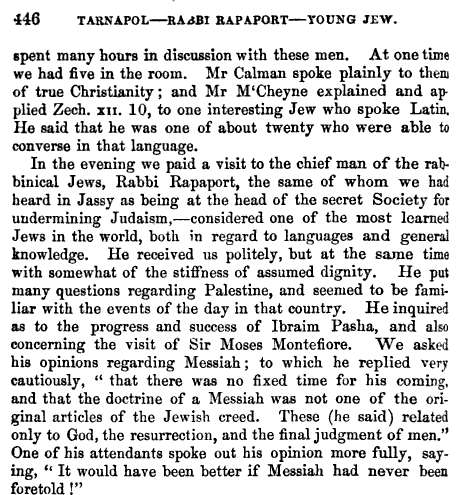
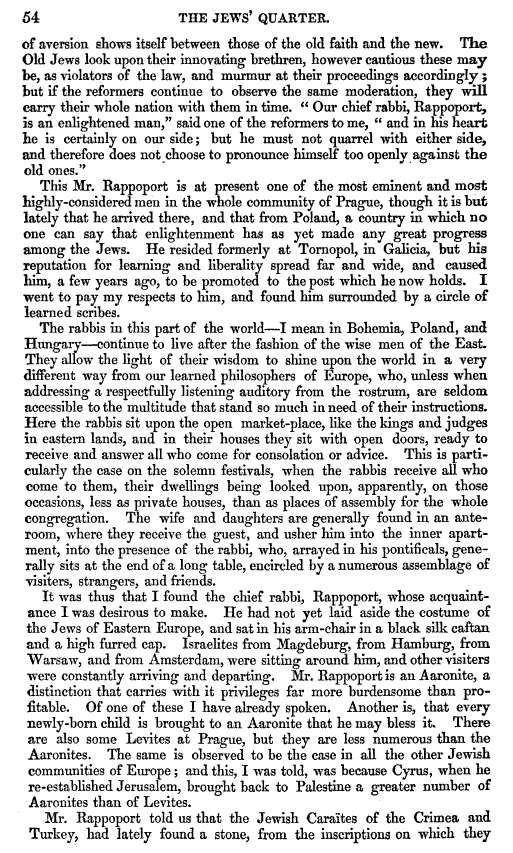
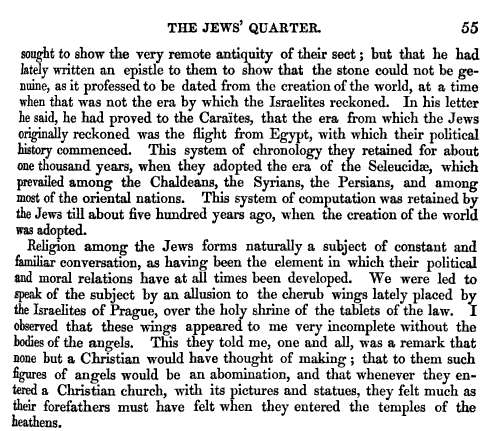
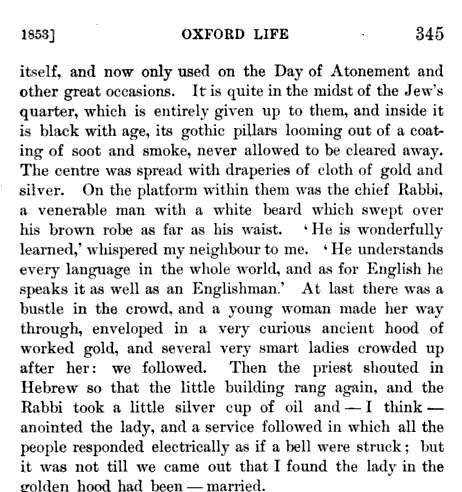

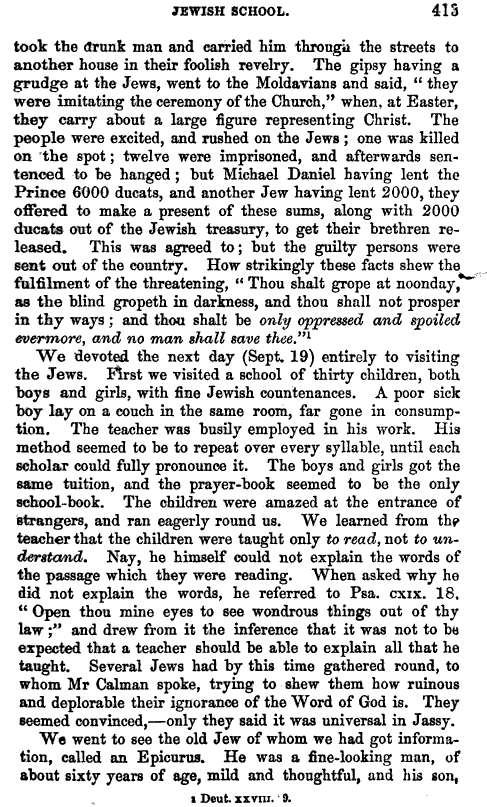
 "
"
 "
"
